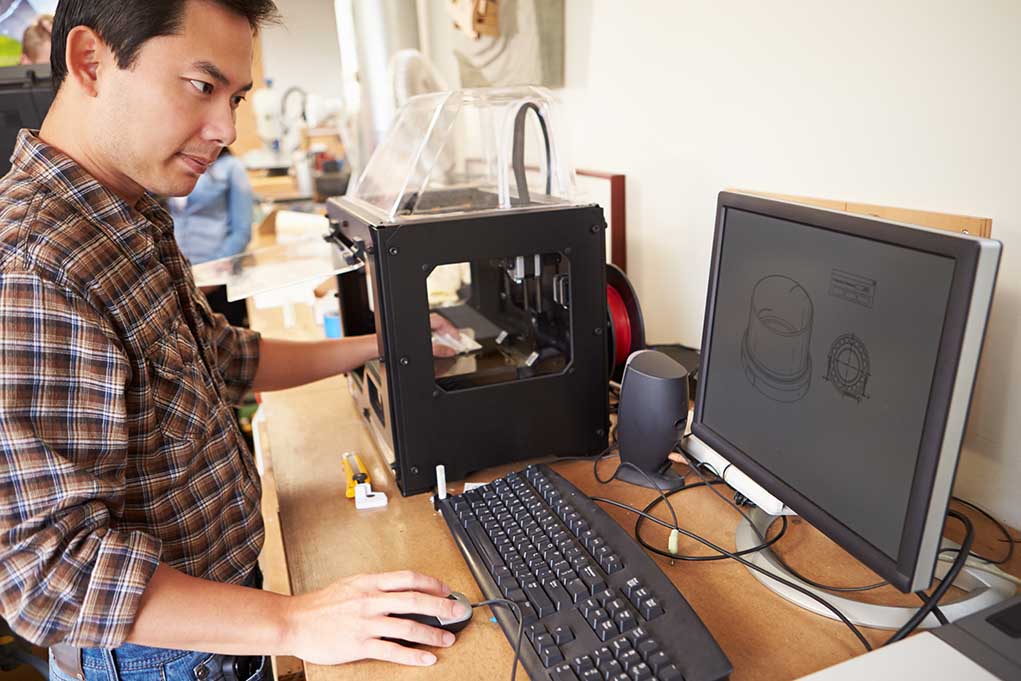
U.S. Army soldiers are revolutionizing battlefield surveillance with 3D-printed drones that cost 90% less than traditional military-grade systems while detecting threats invisible to conventional cameras.
Key Takeaways
- The U.S. Army’s 2nd Multi-Domain Effects Battalion is testing 3D-printed surveillance drones designed to detect electromagnetic signatures from cell phones, routers, WiFi, and radar systems.
- These innovative drones cost only $2,000-$3,000 compared to $28,000 for traditional military drones, representing a 90% cost reduction.
- Manufactured on-site using soldier-developed designs, these drones bypass lengthy procurement processes and reduce dependence on foreign components.
- The drones will undergo operational testing in Poland to evaluate their effectiveness in identifying potential threats and supporting commander decision-making.
- This project represents a strategic shift toward additive manufacturing in military operations to address drone shortages and increase battlefield adaptability.
Cost-Effective Innovation on the Battlefield
The U.S. Army is pioneering a revolutionary approach to battlefield surveillance with soldier-developed 3D-printed drones that dramatically cut costs while expanding capabilities. These specialized aircraft, created by the 2nd Multi-Domain Effects Battalion stationed in Germany, detect electromagnetic signatures that reveal enemy positions through their digital footprints rather than visual observation. Traditional military-grade drones used for similar purposes typically cost up to $28,000 each, while these innovative 3D-printed versions require only $2,000-$3,000 to produce, representing a remarkable 90% cost reduction while maintaining essential capabilities for modern warfare.
The development process involved extensive engagement with 3D printing technology to create durable yet lightweight designs suitable for military operations. By manufacturing these drones on-site, the Army not only reduces costs but also eliminates the lengthy procurement chains that often delay deployment of new technologies. This approach represents a significant departure from conventional military acquisition processes, which typically involve contracting with major defense manufacturers and navigating complex bureaucratic approval procedures that can take between 90 and 120 days before equipment reaches troops in the field.
Detecting Invisible Threats
What makes these drones truly revolutionary is their specialized capability to detect threats that remain invisible to conventional surveillance. Equipped with sophisticated sensors, they can detect and map electromagnetic signatures from electronic devices that adversaries inevitably use in modern operations. This capability provides crucial intelligence that traditional visual surveillance cannot match, allowing commanders to identify potential hostile activity sources through the electronic emissions that accompany virtually all modern military operations, from communication systems to radar installations.
“The main way I see adversaries is through their electromagnetic signature,” said Lt. Col. Aaron Ritzema, commander of the 2nd Multi-Domain Effects Battalion
The battalion will deploy these drones in military exercises in Poland to assess their effectiveness in real-world scenarios. During these exercises, the drones will test their capability to identify simulated threats and provide critical intelligence to aid commanders in tactical decision-making. This operational testing represents a crucial step toward potentially wider adoption of the technology throughout the U.S. military, particularly in areas where electromagnetic signature detection could provide decisive battlefield advantages.
Soldier-Led Innovation Overcomes Challenges
The success of this project stems from the initiative of soldiers who developed specialized skills to overcome numerous technical and bureaucratic challenges. The battalion’s innovation lab, led by Sgt. 1st Class Tyler Baumgartner, relied heavily on self-taught expertise when conventional support channels proved insufficient. This grassroots approach to military innovation demonstrates how frontline soldiers can develop practical solutions tailored to their specific operational needs when given the resources and authorization to experiment with new technologies.
Despite the progress made, the team acknowledges that the project remains a “work in progress,” according to Chief Warrant Officer 2 Chris Lehr. Early trials did not meet all expectations, but continuous improvements have brought the drones to a stage where they are ready for operational testing. The team also faced significant challenges in sourcing electronic components due to restrictions on procurement from certain countries, particularly China, which complicated the acquisition of affordable parts and increased costs for some components that could not be 3D printed.
Strategic Implications for Military Procurement
This initiative highlights a potential paradigm shift in how the U.S. military equips its forces for modern warfare. The exploration of autonomous mass drone production using additive manufacturing could transform military logistics and procurement. By enabling on-site manufacturing of mission-specific equipment, the Army could significantly reduce dependence on extended supply chains and respond more rapidly to emerging threats or changing battlefield conditions. This approach directly addresses a critical shortage of drones both on the front lines and in production pipelines.
“What we know to be true now is that there are never enough drones. There’s never enough of them on the forward line of troops. There’s never enough of them in production,” said Chief Warrant Officer 2 Chris Lehr
The project underscores the urgent need for procurement process reforms to fully capitalize on the advantages of 3D printing technology. Current paperwork requirements and approval procedures create significant delays that undermine the speed and flexibility that additive manufacturing can provide. Military leaders recognize that the success of future operations may increasingly depend on the ability to rapidly produce and deploy specialized equipment like these drones, making procurement reform a strategic imperative rather than merely an administrative concern.












